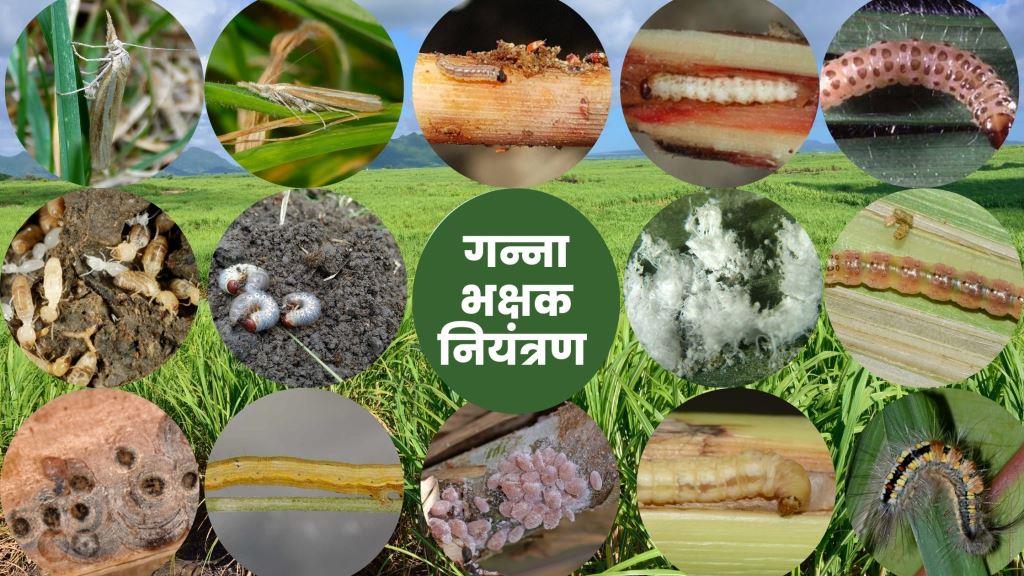
Sugarcane pest control in two minutes!
Share
Sugarcane is susceptible to a long list of pests. At different times, various pests get an opportunity to thrive, which starts harming the health of the sugarcane and the farmers' pockets. Let's first take a look at the list.
- Shoot Borer
- Top Borer
- Stalk Borer
- Root Borer
- Aphids
- Mealybugs
- Scale Insects
- Whiteflies
- Black Bug
- Thrips
- Grasshoppers
- Mites
- Termites
- White Grubs
This list can be even longer, but we've only included the most damaging pests here.
No matter how long the list or how destructive the pest, if the farmer is determined, no pest can harm the sugarcane.
The biggest principle of pest control is to not try to control the pest 100%. In such large and long-duration crops, there will always be some pests. We just need to keep their numbers under control. No pest should be able to multiply so much that it damages the crop and causes us losses!
Destroy the pest's shelter:
It's important to pay attention to all the places where pests can find shelter besides the crop itself, like weeds. Weeds provide shelter to pests when there are no crops in the fields. Remove weeds from the fields and bunds. Never let them grow. For weed control in sugarcane, Keleris Extra can be used. It contains two active ingredients, Mesotrione and Atrazine, in the form of a suspension concentrate. It's a systemic herbicide that spreads throughout the plant after being absorbed. It's effective on weeds with three or four leaves. It provides long-term weed control. It might have a slight adverse effect on the crop, but that goes away quickly, and the crop recovers. The dosage is 1400 ml per acre. Make a solution of 7 ml per liter and spray it on the weeds using a knapsack sprayer with a flood jet or flat fan nozzle. Do not use any other herbicide with it.
Make the enemy of your enemy your friend. Every pest has a predator; give them shelter in your fields. They'll keep doing their job. The pests listed above spend a part of their life cycle underground. If our soil contains fungi that can infect these pests, it will control their population.
Observation is an important quality of a skilled farmer. Make sure to use traps and baits in the crop. Use sticky traps, light traps, pheromone traps, and baits made from a mixture of jaggery, vinegar, and poison. Make a note of the types and numbers of pests found in these traps in a diary and pay attention to any changes.
Use soil-applied insecticides at basal doses while preparing the soil for the crop. This provides protection to the crop in its early days, making it stronger and more resistant to pests.
Maintaining nutrient balance by using appropriate amounts of fertilizers helps develop the crop's immune system. The smaller the doses of nitrogen you apply, the more beneficial it will be. Applying nitrogen all at once increases the number of sap-sucking pests on the crop.
Whenever you need to use chemical pesticides, choose modern ones. Old pesticides don't show results. If possible, use a combination formula of two pesticides. They work in different ways and provide a synergistic effect.
You can ask your questions in the comments, and don't forget to share the article.







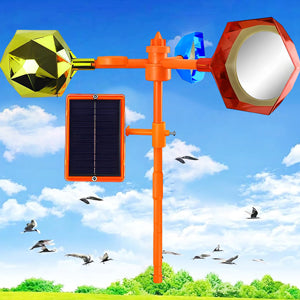
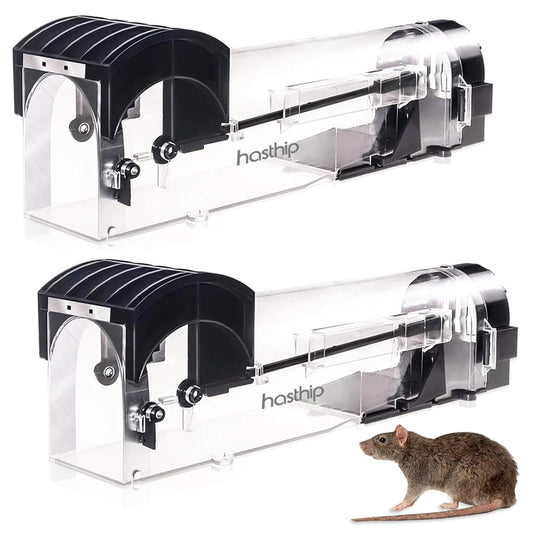
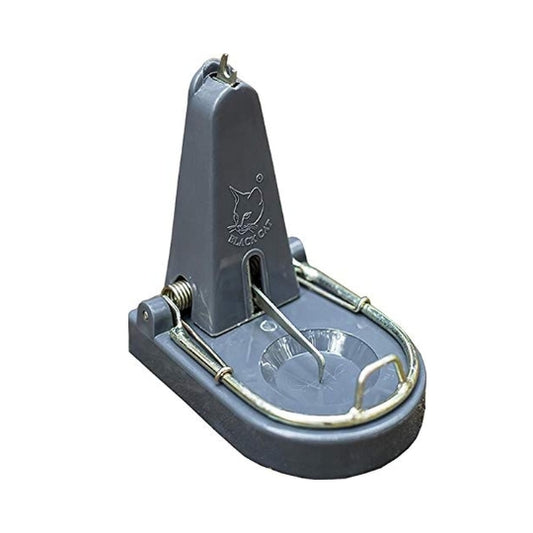
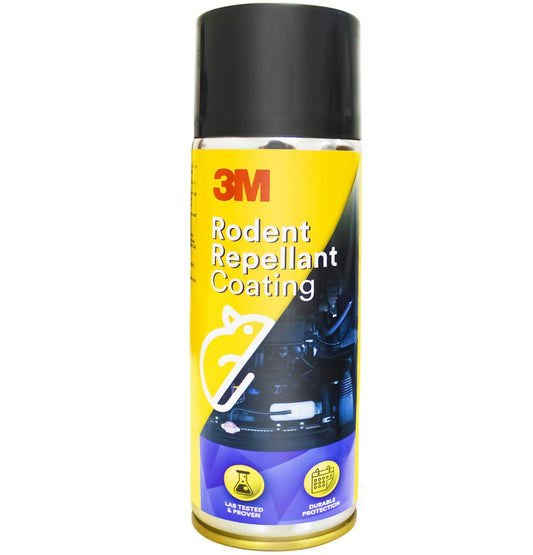
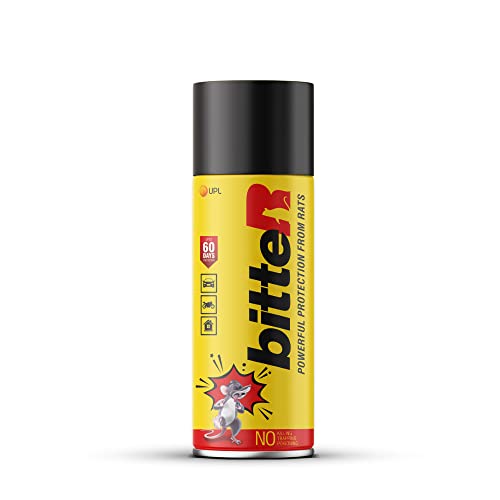
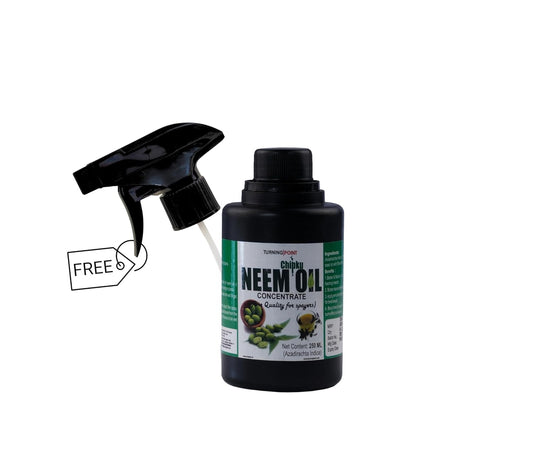
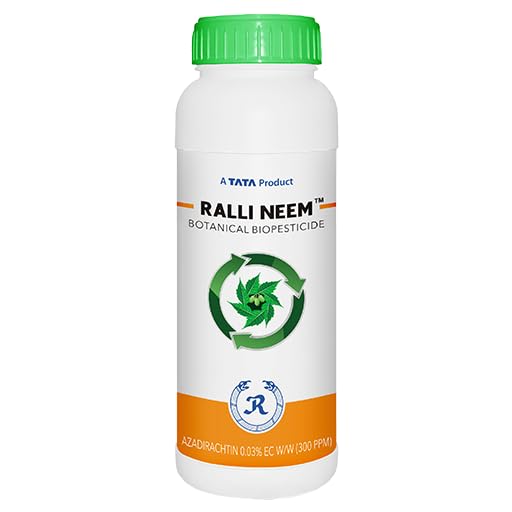
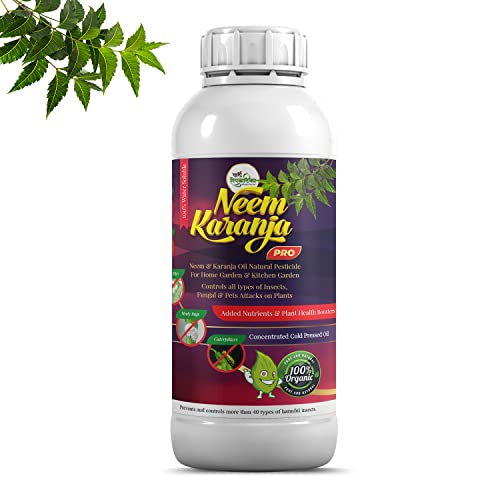
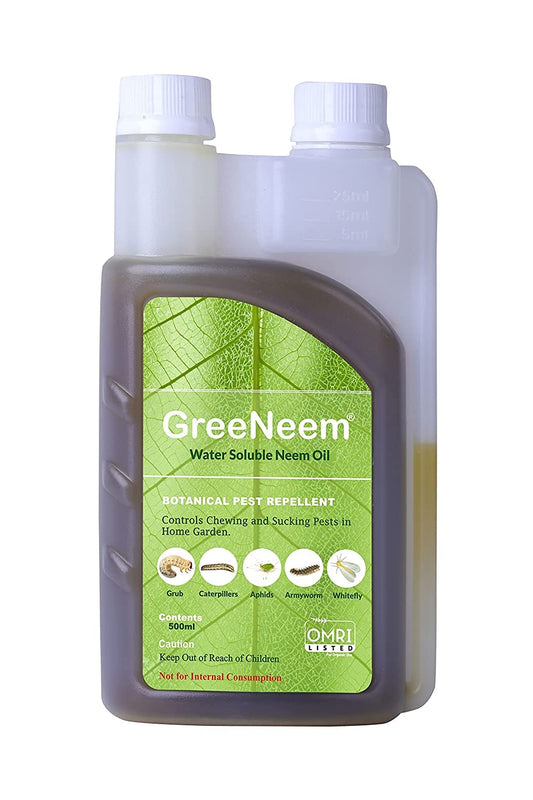
2 comments
Aphids treatment in sugarcane
Good